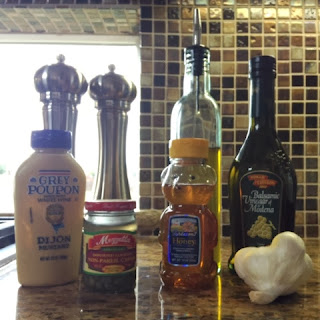Developing an athlete to reach their potential is much like building a house. First you must determine what kind of house, or athlete, you are building. Once this is determined, the builder or coach has to look at the materials, or athletic qualities, required for the finished product. You will need bricks, mortar, shingles, sheet rock, ect, or in an athletes case strength, power, speed, agility and so on.
LAYING THE FOUNDATION
Whether you are building the Taj Mahal or a successful athlete you must start with a solid foundation. The foundation of an athlete can be expressed as their ability to control and stabilize the spine and must be established before any additional qualities can be addressed. When most people think of core training they think solely of crunches and developing the abdominals first. The core actually consists of several muscle groups surrounding the entire midsection including the low back, obliques, abdominals, and all of the musculature surrounding your hips. These muscles connect the lower and upper body and act as a central link or energy transfer for any athletic movement. This is commonly referred to as the Power Zone.
TRAINING PROGRESSIONS
STEP ONE: DEVELOP STABILITY
The key to developing athleticism starts with the ability to control ones spine in a sustained static position. This is the precursor to any athletic movement and has popularly been coined core stability. Proficiency at stabilizing one’s spine in a horizontal position with the force of gravity is what we call static core stability. Any plank variation, glute bridge, or hip lift would all be considered exercises that develop core stability.
STEP TWO: GET STRONG
Once an athlete has become capable of stabilizing their trunk we can now start to train for core strength. External resistance can now be added to enhance or reinforce the movements used to create core stability. This can be as simple as adding a plate or sand bell to the athletes back while performing a plank or changing the angle of the movement.
STEP THREE: MAKE IT FUNCTIONAL
After the athlete has developed a strong core we can begin to train the power zone dynamically. Dynamic core strength can be developed through multi-joint movements that allow the core musculature to work together while maintaining core stability. This will add movement into our power zone training and force the athlete to maintain a stable spine while simultaneously moving the arms and legs. Simple body weight movements such as inchworms, bear crawls, hand walkouts, ect. can all make up this portion of training.
We can now incorporate explosive movements with added resistance into the program to prepare the athlete for their individual sport. These movements will be ground based and use the entire kinetic chain to develop power. This can consist of sand bell throws, slams, lateral tosses etc. working in all 3 planes of motion.
The saying “you can’t fire a cannon from a canoe” dates back to the 1800’s and early naval warfare but has been popularized by many strength coaches to describe the importance of core stability. Whether you are building a big squat or an explosive vertical jump, core stability must be established before anything else. Using the progressions above you will not only reduce the chance of injury but also establish core strength that will allow you to maximize you capabilities.





